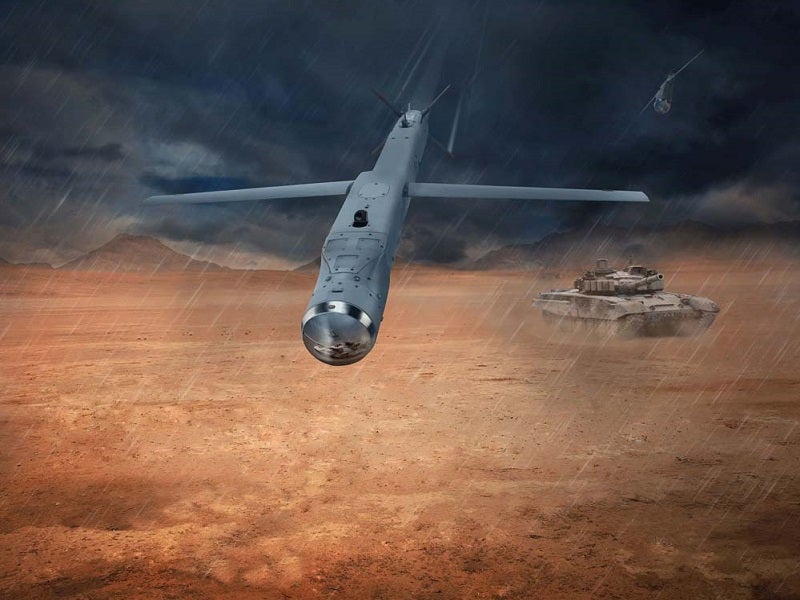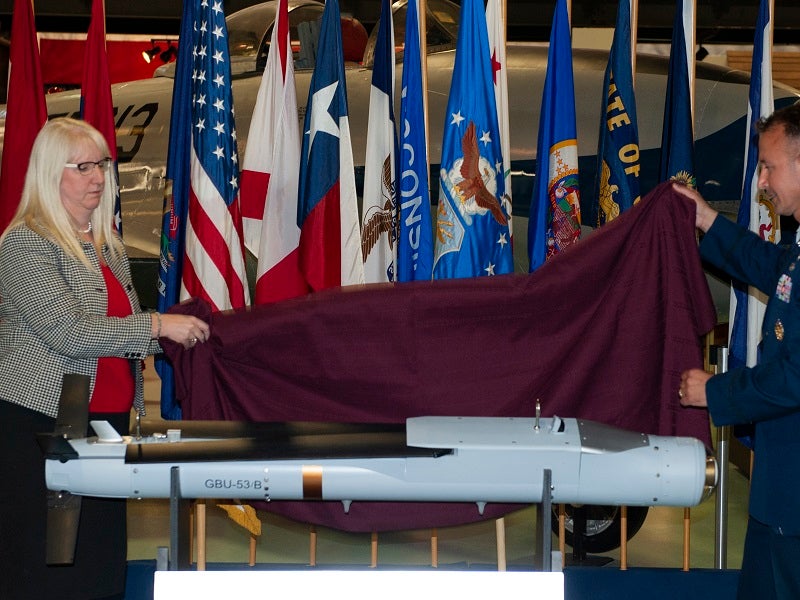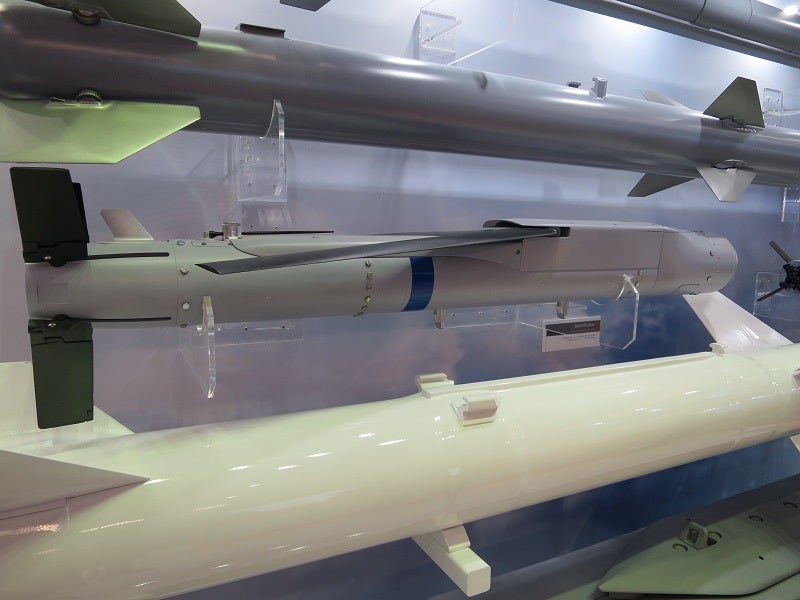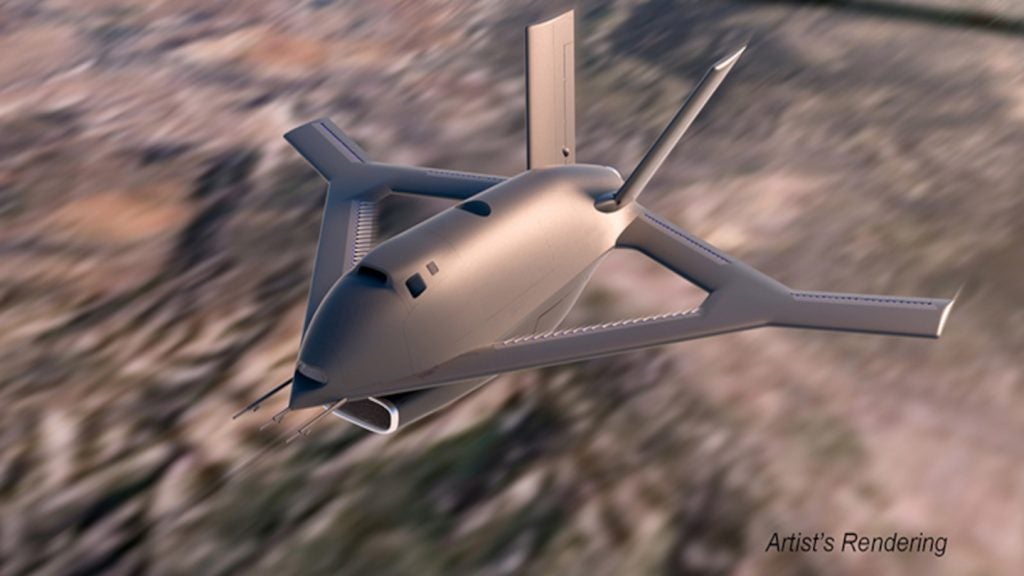StormBreaker bomb (formerly Small Diameter Bomb Increment II (SDB II)) is an air-launched precision strike weapon manufactured by Raytheon Missile Systems for the US Air Force (USAF) and the US Navy. It is planned for integration on the F-15E Strike Eagle twin-engine aircraft. Raytheon Missile Systems is the prime contractor for the joint USAF and Navy SDB II programme.
Designed to address critical troop needs, the guided weapon can detect, track, and destroy stationary or moving targets with high-precision and stand-off range during the day and at night in all-weather conditions. The StormBreaker can be integrated on various fourth and fifth-generation fighter aircraft, including the USAF’s F-15E, F-35A, F/A-22, and F-16C/D; US Navy’s F-35C and F/A-18E; and the US Marine Corps’ (USMC) F-35B Joint Strike Fighter. It is also compatible with the bombers and remotely piloted aircraft.
The US Department of Defense (DOD) invested more than $700m in the SDB II programme, as of February 2015.
Development of StormBreaker small diameter bomb
The US Air Force Air Armament Center, Eglin Air Force Base, Florida, awarded a $144m contract to Raytheon in April 2006 for risk reduction work of the SDB II bomb, also known as GBU-53 / B. The work was completed in August 2009.
Raytheon was further awarded a $450m contract by the USAF for engineering, manufacturing, and development of the SDB II in August 2010. The USAF critical design review of the SDB II programme was completed in April 2011.
The weapon’s integration on the F-35, F / A-18E / F, and F-16 aircraft began in July 2014. The SDB II programme achieved Milestone C decision in May 2015.
Raytheon received a fixed-price contract worth approximately $30.94m for the low-rate initial production of 144 SDB II Lot 1 bombs in June 2015. The Lot 1 production of the weapon was completed in December 2017.
The LRIP Lot 2 production contract for 250 munitions was awarded in September 2016 and the Lot 3 contract for 250 units was awarded in January 2017.
A $77.3m contract was awarded to Raytheon for 570 SDB II Lot 4 weapons in February 2018. An addition of 90 units for the Navy was made to the Lot 4 contract.
The high-speed wind tunnel tests were completed in June 2017 and the development tests of the SDB II were completed in April 2018. The government confidence testing was completed in May 2018.
The operational testing phase of the bomb was started in July 2018 and completed by June 2019. The initial operational capability of the weapon is expected at the end of 2020.
In October 2020, the US Air Force officially approved the StormBreaker bomb for integration on the F-15E Strike Eagle aircraft. By 2023, all the F-35 variants are projected to be installed with the StormBreaker smart weapon.
Flight tests of StormBreaker guided weapon
The StormBreaker bomb winged weapon made its first control test vehicle (CTV) flight from the USAF F-15E fighter aircraft in April 2009. A series of captive carry flight tests were concluded in July 2009. The first control test vehicle flight after the contract award was performed from the F-15E aircraft in June 2011.
The SDB II warhead was demonstrated during a series of tests in November 2011. Raytheon demonstrated the multi-mode seeker capability to acquire and track moving vehicles during a series of captive flight tests completed in December 2011.
The weapon made direct hits on moving targets with operationally representative speeds during a series of flight tests concluded in October 2013. A series of flights against stationary land targets were concluded in June 2014. The bomb executed three direct-hit guided test vehicle flights against stationary and moving targets in September 2014.
Raytheon and the USAF completed two live fire tests against moving targets at the White Sands Missile Test Range in February 2015.
The bomb completed its first guided release from an F/A-18E/F Super Hornet in June 2020.
Design, features and operation of StormBreaker air-launched bomb
The SDB II glide weapon’s manoeuvrable airframe and deployable wings provide an improved stand-off range. It has three main features – tri-mode seeker head assembly, dual wave form and lethal warhead.
The bomb measures 69in-long, 6in in diameter, 68in in wingspan, and weighs 204lb. It operates in four attack modes – normal, coordinate, immediate, and laser-illuminated. When operated in
the normal attack mode, the weapon engages stationary and moving targets in all-weather conditions, while the fixed targets can be engaged in the coordinate attack mode.
The immediate attack mode allows engagement of close-in or pop-up opportunity targets and creates a predictable flight path. The laser-illuminated attack mode is meant for hit-the-spot precision.
The StormBreaker is also fitted with a control actuation system, thermal battery, pop-up air turbine alternator, and a wing deployment driver. The on-board mission computer is used to interconnect and control the sensors and navigation systems.
StormBreaker guidance and navigation
The multi-mode seeker, which is protected by a clamshell dome cover, has three operating modes: millimetre-wave (MMW) radar, uncooled imaging infrared (IIR), and semi-active laser sensor. The seeker electronics are designed to reduce the effectiveness of the countermeasures in various battlefield scenarios.
The MMW radar enables the bomb to quickly detect and track stationary or moving targets under all-weather conditions. The IIR sensor offers enhanced discrimination and classification of targets, while the laser sensor provides the maximum operational flexibility of the weapon
The global positioning system / inertial measurement unit (GPS/IMU) navigation device uses anti-jam GPS, which provides accurate positioning and high precision.
Rockwell Collins’ three-node, two-way networked data link provides in-flight target updates, in-flight retargeting, weapon status messages, and weapon abort.
Warhead
The multi-effects warhead, developed by General Dynamics-Ordnance and Tactical Systems, offers lethality with minimum collateral damage against a variety of targets, including armoured vehicles. The bomb also features a smart fuse.
Performance of StormBreaker weapon
The guided weapon can engage multiple mobile targets from more than 72.42km away. It also has close-in and immediate target engagement capabilities.










